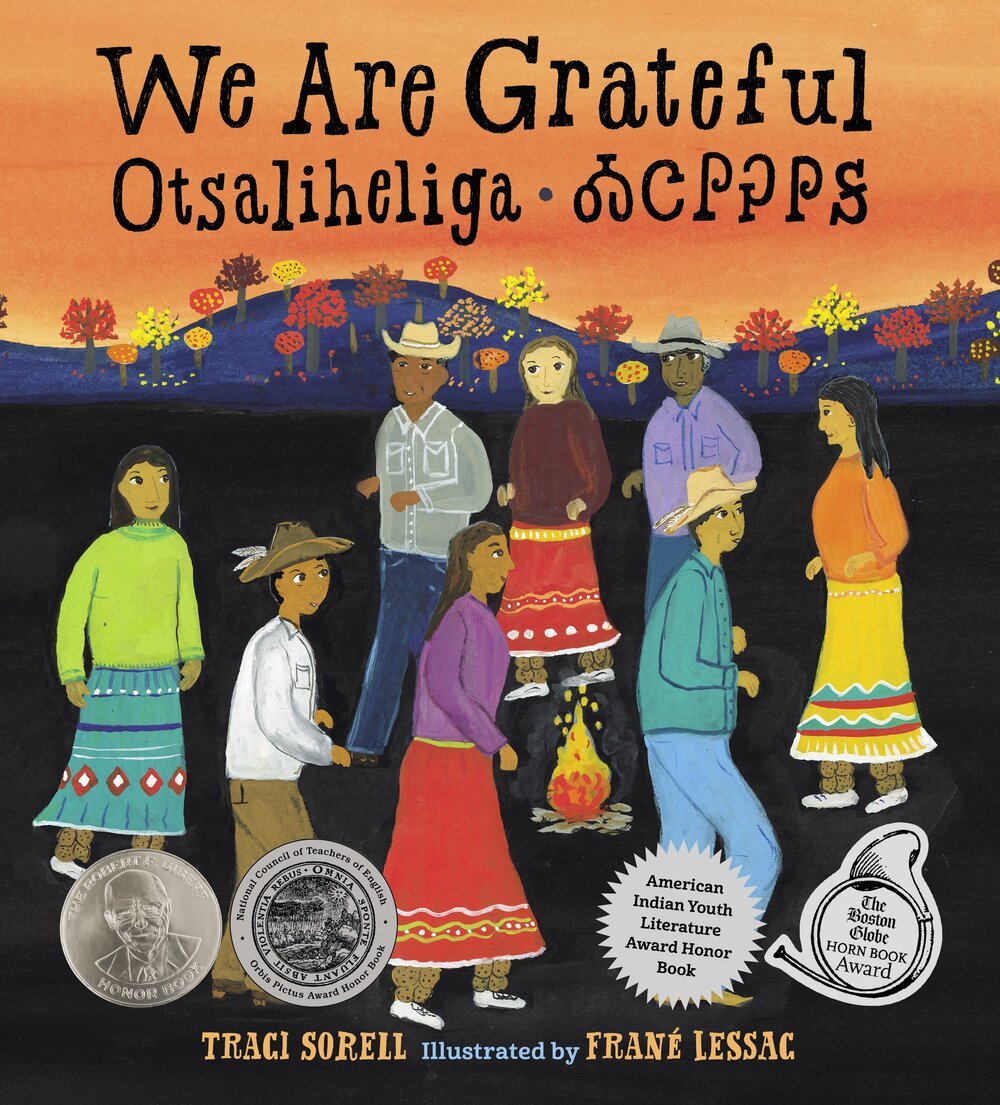As COVID-19 deaths spiked in 2020, Suzanne Firstenberg’s public art installation "In America: How could this happen…"
Museum Artifacts

Grade Range:
K-12
Resource Type(s):
Artifacts, Primary Sources
Date Posted:
8/7/2008
The March on Washington, August 28, 1963, was the largest civil rights demonstration the nation had ever witnessed. One hundred years after the Emancipation Proclamation, 250,000 Americans of all races gathered to petition the government to pass meaningful civil rights legislation and enforce exi

Grade Range:
K-12
Resource Type(s):
Artifacts, Primary Sources
Date Posted:
9/25/2009
Pancho Villa is one of the most recognizable leaders of the Mexico Revolution. This civil war, which lasted from 1910-1921, was fought to curb U.S. corporate interests and to redistribute agricultural lands, especially for indigenous communities. It was a social revolution that reasserted popular

Grade Range:
K-12
Resource Type(s):
Artifacts, Primary Sources
Date Posted:
9/3/2008
The short-handled hoe brings back memories of back-breaking labor for generations of Mexican and Mexican American migrant workers who sustained California's booming agricultural economy.

Grade Range:
K-12
Resource Type(s):
Artifacts
Date Posted:
9/17/2015
One of two telephones used by Alexander Graham Bell in a demonstration that took place between Boston and Salem, Massachusetts on November 26, 1876. Critical features are the iron diaphragm (seen as a black circular disc mounted on the vertical wooden support), two electromagnets (seen in white,

Grade Range:
K-12
Resource Type(s):
Artifacts
Date Posted:
1/2/2022
Introduced in mid-1976, the Little Professor is a non-printing electronic calculator modified to present simple arithmetic problems. A correct answer prompts another problem on the eight-digit display. An error delivers the message, "EEE." The colorful keyboard shows a professor with whiskers and gl

Grade Range:
K-12
Resource Type(s):
Artifacts, Primary Sources
Date Posted:
3/23/2012
This is a set of eight "dropping sticks" used to teach acoustics. It was made in Paris by the famous scientific instrument maker Rudolph Koenig, sometime between 1858 and 1902. This particular set was used in the introductory physics class of the Worcester Polytechnic Institute.
These s

Grade Range:
K-12
Resource Type(s):
Artifacts, Primary Sources
Date Posted:
2/19/2009
This homemade costume was made for the Ponce carnival. It has a cape attached at the neck made from the same black and red striped fabric (black and red are the colors of the city of Ponce). Carnival participants who wear costumes like this one, in addition to a mask, and other carnival accoutrem

Grade Range:
K-12
Resource Type(s):
Artifacts, Primary Sources
Date Posted:
1/20/2011
The Distinguished Service Cross, the DSC, is the second highest award for valor bestowed on a solider. President Woodrow Wilson established the award on January 2, 1918. The DSC is awarded to a person who, while serving in any capacity with the army, distinguished himself or herself by extraordin

Grade Range:
K-12
Resource Type(s):
Artifacts
Date Posted:
3/5/2009
Spinning wheels are believed to have originated in India between 500 and 1000 A.D. By the 13th century, they were seen in Europe, and were a standard piece of equipment for those making fiber into yarn. By the 17th century they were commonly found in homes in the colonies of North America.

Grade Range:
K-12
Resource Type(s):
Artifacts
Date Posted:
4/4/2016
This wooden grain fork was used during the late 19th century. Wide tined pitch forks like this were used to pitch hay, grains, straw, and other agricultural products. Before the mechanization of harvesting by combines, reaping, threshing, and winnowing were done by hand with simple tools like thi



















